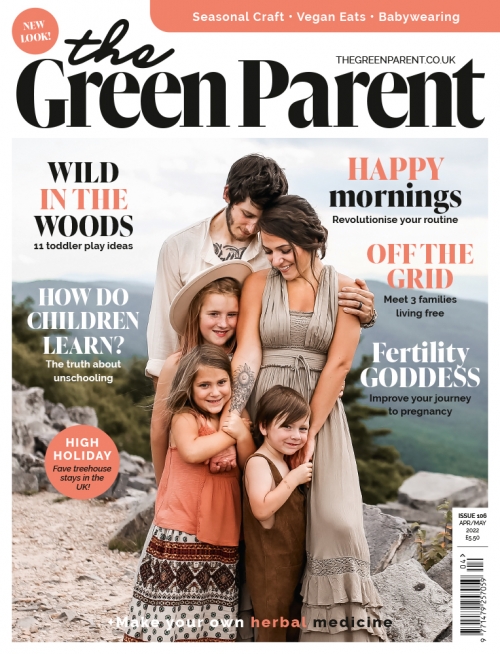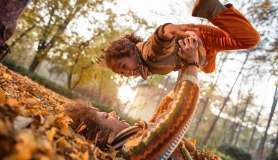On early Summer morning walks, before anyone else is up and around, it is not unusual to spot fox cubs gambolling on the hawthorn ridden hillsides above a deep limestone gorge, one of our favourite haunts.
I still get a kick from the hares in Spring. They leap out suddenly from hidden dells and charge across the field. They are enormous round here, like small long legged dogs with great tufted ears – very different from the much smaller, rabbit-like ones of my Yorkshire childhood, which I used to watch kick-boxing in the field next door.
Last year there was an incredible upsurge in birds of prey. Falcons,and kestrels floated above us on quivering wings and the occasional blood curdling screech preceded the sight of buzzards (recently introduced to the area) circling overhead. Owls as well, were a common sight on evening walks, perching on posts or hovering above hedgerows. I have been disappointed this year as there have been noticeably less, possibly due to the harsh Winter.
But there is an Autumn event which never disappoints me and which invariably reduces me to tears. This year it happened while Joel and I were walking, across a vast empty moor, on our own. Standing still , I stared upwards, spellbound, awestruck and immensely moved as flock after flock of honking geese came over the horizon, literally thousands of them, all bent on one single purpose. Just as I thought there couldn’t possibly be any more, another flock would appear, beginning as small and distant, insect like dots, getting swiftly closer, their honking rising to an almost deafening crescendo as they passed directly overhead, then slowly dying out into the distance.
I must have stood there watching for at least half an hour, immensely privileged to be spectator to such a scene, and sobbing uncontrollably. On sharing this experience with other people I was relieved to discover I’m not the only one to be so moved by this annual event. What is it about them that makes you want to cry. Is it their beauty? Is it knowledge that summer’s over for another year? Is it knowledge that many will die during their journey? For me, it’s a massive sense of loss, envy and an inexplicable awe.
For a start, it reminds me of every painful leave taking I’ve ever made, be it standing on the station platform waving off a friend or relative who you know you won’t see again for a long time, or even a more permanent parting. There is that same sense of desperate loss.
Then there is their incredible togetherness – each individual functioning as a small part in one moving unit – all bent on achieving the same goal and purpose. They make me feel very small and alone, as I strive forward into an uncertain future – making it up as I go along. I envy their undisputed sense of purpose, their unquestioning predetermined path.
Above all though, there is this inexplicable awe – at their urgency, their togetherness, whatever it is that controls them – brings them all together – gives them their drive – and makes them do it. Is it Nature?
Whatever, it is something awesome and huge – beyond our understanding. Perhaps there is a reason, a force, a logic behind it all after all? I think they just give me hope – that is why they make me cry.
GOOSEY FACTS
An ornithologist told me that the geese I see (and hear) every year are most likely to be pink- footed geese, which, though they do not breed in the UK, spend the Winter here arriving in large numbers in October from their breeding grounds in Greenland, Iceland and Svalbard. They are renowned for the wide range of high-pitched honking calls they make, particularly in flight. Large skeins can be almost deafening!
The V formation
Apparently the V formation has two important benefits. Firstly it conserves energy. Each bird flies slightly above the bird in front of him to reduce wind resistance. The birds take turns being in the front, falling back when they get tired. A flock of geese can fly 70 percent further by adopting the V shape. Secondly, flying like this gives each bird an unobstructed field of vision. Flock members can see each other and communicate while flying. Fighter pilots adopt the same formation for the same reason.
Honking
Apparently, geese make many different sounds when they communicate for things like greetings, warnings and contentment. When they fly, all the geese honk, not just the lead goose. The geese honk from behind to encourage those up front to keep their speed.
And finally…
If a goose becomes sick or wounded and falls out of formation, two other geese will follow the stricken one down. They will stay with the sick goose until they are either able to fly again or dead. Then, they will launch out with another formation to catch up with their group.






